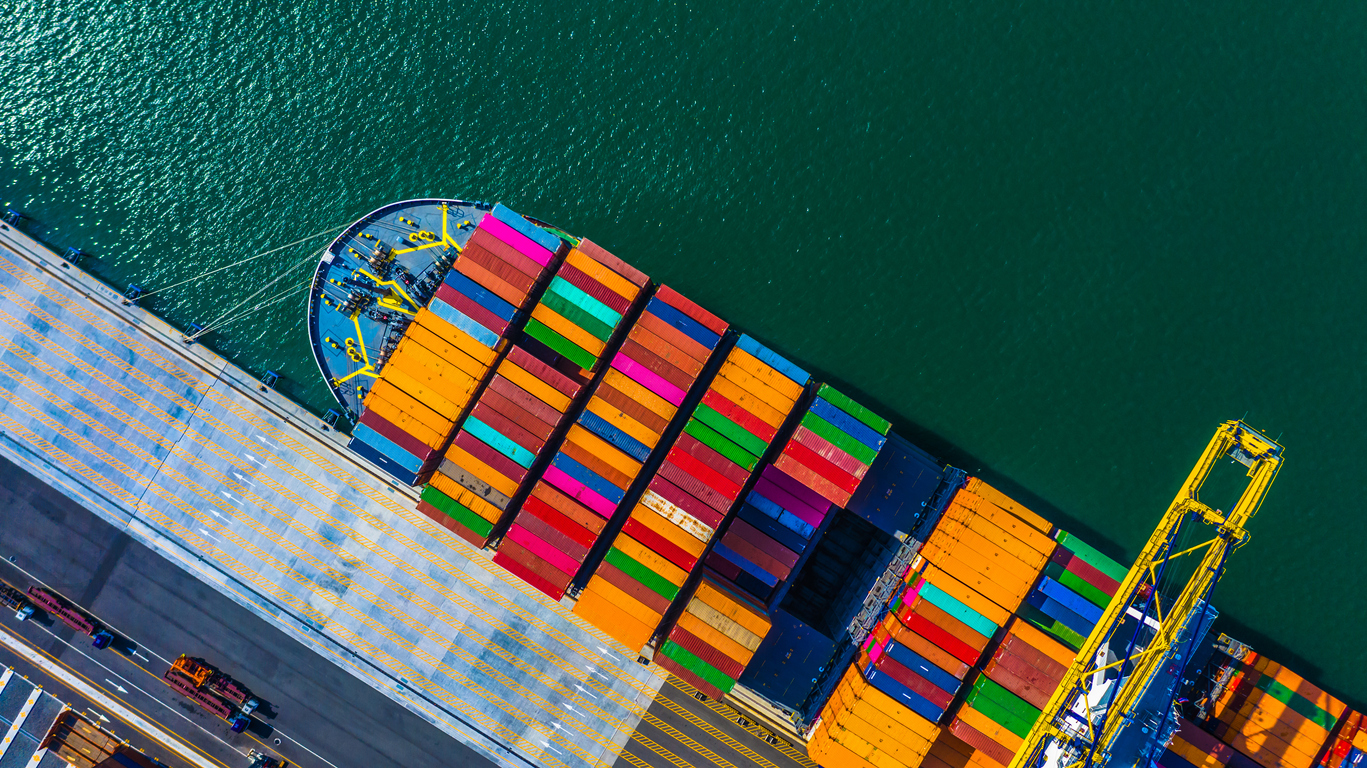Trade flows are down as the global economy slows. At the same time, geopolitical risks are leading to fragmentation of trading relations. In the near term, Swiss Re expects that rising counterparty risk on account of economic slowdown will support prices, and thereby growth in trade credit insurance (TCI). Longer term, demand for TCI will increase as new supply chain arrangements take shape, and as re- and friend-shoring activities continue.
Key takeaways from Swiss Re:
- We expect trade credit insurance (TCI) to grow, even as world trade volume flows slow.
- Global TCI premiums will grow by around 6% to an estimated USD 14.1 billion in 2023, and to USD 14.8 billion in 2024.
- The growth will be largely based on premium rate increases.
- In the context of economic global slowdown, counterparty risks will remain elevated.
- Previous downturns have seen a rise TCI loss ratios as corporate failures rose, necessitating price increases.
- In the longer term, the development of new trade arrangements as a new world order takes shape will make supply chains more complex, particularly for intermediate goods. This will boost demand for TCI.
This year’s annual meetings of the International Monetary Fund and World Bank take place at a time when the world is evermore in state of geopolitical flux. The spectre of uncertainty prevails, not least with respect to the economic outlook, including for trade. In these times of global transition, in our view trade credit insurance (TCI) will show to be a stabiliser of economic resilience. In its latest Global Trade Outlook, the WTO lowered its forecast for world merchandise trade growth in 2023 to 0.8% from the 1.7% it had forecast in April. The cut is no surprise given current economic slowdown, which we expect will continue into and through 2024. Adding to the uncertainty are ongoing geopolitical tensions. These are leading to fragmentation of existing trade relations, a consequence of which has been the signing of new regional, multilateral and bilateral trade agreements. Longer term, we expect this will make supply chains, in particular for intermediate goods, more complex and further raise the utility of TCI in keeping businesses and economies running.
We forecast that global real GDP growth will fall to 2.1% next year from 2.5% in 2023, the lowest it has been since the global financial crisis (other than for the contraction during COVID-19 period), and below historical trend.
In this environment, we anticipate global TCI premiums to continue to grow, based largely on price increases. We estimate that global TCI premiums will grow to USD 14.1 billion in 2023 (after a 7.3% year-on-year increase to USD 13.3 billion in 2022), and to USD 14.8 billion in 2024. This is because with slowdown and potentially even recession in some advanced markets, counterparty risks will remain elevated. A main purpose of TCI is to protect the seller of a product against the risk of non-payment by the buyer, typically due to insolvency or bankruptcy of the buyer and long-term default. As in the global economic crises of the past two decades, an increase in corporate default rates saw trade credit insurance loss ratios rise, which in turn necessitated rate increases.
Implicit within economic slowdown will be reduced trade flows, which, added to the cost of living crisis that many households have been struggling with since the start of 2022, could further weigh on living standards. Although the incidence of social unrest has largely stabilised since last year, still high costs of living means general dissatisfaction will remain. And this could add impetus to another longer-term dynamic of today’s world. One of ongoing geopolitical frictions and the progression of a new world order taking shape. With a view to safeguarding economic sustainability, this has seen a reshaping of trade patterns along regional and political lines, characterised by the signing of new regional, multi-lateral and bilateral trade agreements. At the same time, many advanced markets are seeking to “re-industrialise” their manufacturing sectors with strategies that include subsidies and incentives such as tax credits, and, in the same vein, “re-” and “friend-” shore production operations.
A new multi-polar world in which advanced market manufacturers re- and/or friend-shore production, and which also sees the rise of parallel and multiple supply chains with shifting suppliers and relocation of production facilities, will make trade, particularly of intermediate goods, more complex. Indeed, signs of trade fragmentation are emerging. For example, the share of intermediate goods in world trade, an indicator of global supply chain activity, fell to 48.5% in the first half of 2023 from an average of 51.0% in the previous three years. The WTO attributed the 0.9 percentage point cut in its trade growth forecast for 2023 mostly to a 17% decline in iron & steel, a 16% fall in textiles, and a 15% drop in fuels & minerals trade, which contributed to an overall 5% drop in trade value in current US dollar terms in the first half.
This greater complexity of supply chains will raise the profile of counterparty risk and need for TCI protection. Further, new regional/bilateral agreements will see a re-allocation of trade resources, in turn giving rise to trade creation, and boost demand for both TC and credit surety insurance. As for one instance, we estimate that the increase in export volumes generated by the Regional Comprehensive Economic Agreement (RCEP) will add around 4.4% (USD 1.29 billion) to credit & surety insurance premiums across the Asia Pacific region in 2030, demonstrating the role of the industry as supporter and facilitator of the transition to a sustainable new world order in the future.













